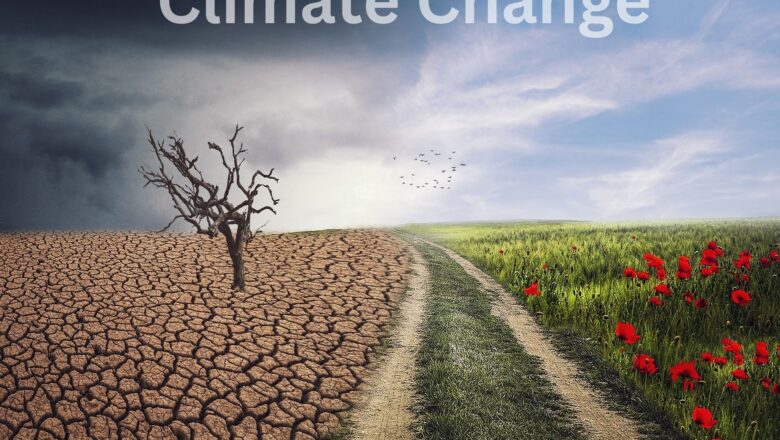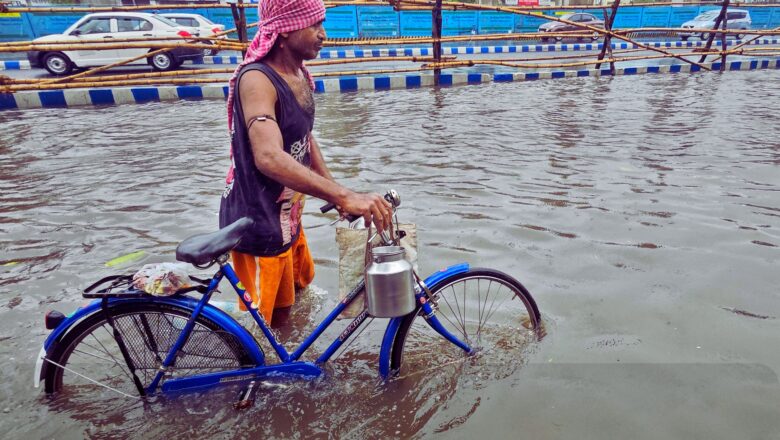
Haryana Steps Up Pollution Fight Plans Long-Term Clean Air Project
Chandigarh, March 29, 2025 – Haryana is tightening its grip on air pollution with a series of strict regulatory actions including industrial closures, heavy fines, and pollution-control initiatives. Environment Minister Rao Narbir Singh, addressing the State Assembly emphasized the government's focus on air quality improvement through inspections, penalties, and awareness campaigns.
480 Industries Shut, ₹35 Crore in Fines
The Haryana State Pollution Control Board has been actively inspecting industries, leading to the closure of 480 non-compliant units and the imposition of environmental fines worth ₹35 crore. While these efforts have led to some improvement in AQI, pollution hotspots like Faridabad and Gurugram continue to experience poor air quality.
To combat seasonal pollution...









